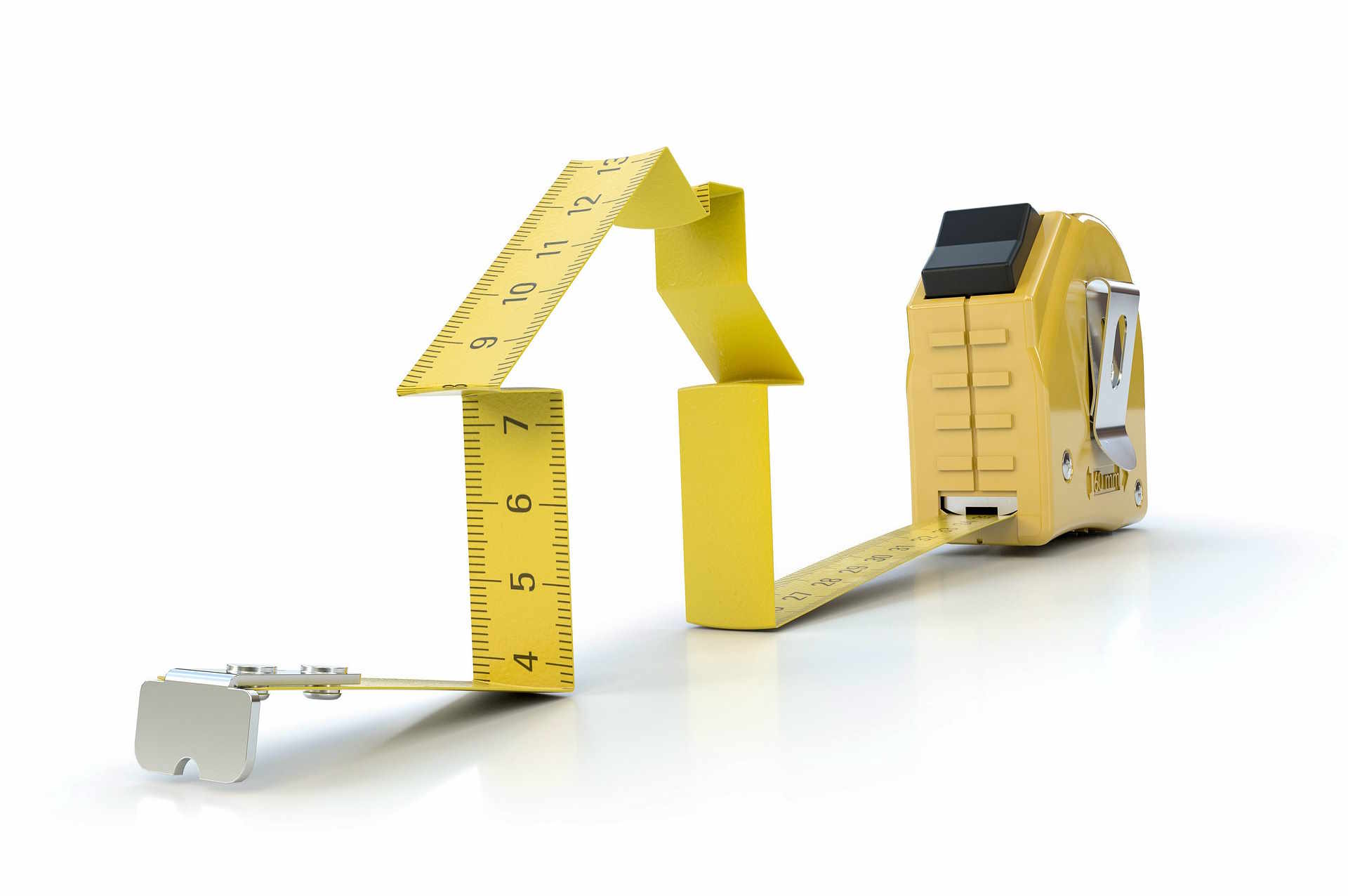Budget-Friendly Abandoned Farmhouse: A Practical Guide
Budget-friendly abandoned farmhouses attract buyers interested in renovation projects. These properties often feature classic structures and large plots of land at lower costs. Restoration efforts can preserve historical charm while adding modern comfort.

Exploring abandoned farmhouses has become increasingly popular among those seeking affordable property investments, creative restoration projects, or simply a connection to rural heritage. These structures, often sitting vacant for years or even decades, can be acquired at prices far below conventional real estate markets. However, the initial low cost is just the beginning of a complex journey that involves legal research, structural assessment, and significant renovation expenses.
What Makes an Abandoned Farmhouse Budget-Friendly?
The term budget-friendly in relation to abandoned farmhouses typically refers to properties available at substantially reduced prices compared to market-rate homes. These structures may be listed through tax lien sales, estate liquidations, or direct purchases from owners who no longer wish to maintain them. Purchase prices can range from a few thousand dollars to under fifty thousand, depending on location, condition, and acreage included. Rural areas in states like Kansas, Iowa, Nebraska, and parts of the South often have the most affordable options. However, the true cost extends beyond the purchase price to include inspections, legal fees, utility restoration, and extensive repairs. Properties in severe disrepair may require complete rebuilds of roofing, plumbing, electrical systems, and foundations, which can quickly escalate total investment costs.
How to Find Budget-Friendly Abandoned Farmhouse Opportunities
Locating abandoned farmhouses requires research across multiple channels. County tax assessor offices maintain records of delinquent properties that may eventually go to auction. Online platforms specializing in distressed real estate, such as Auction.com, Hubzu, and local government auction sites, regularly list rural properties. Real estate agents with experience in rural markets can identify unlisted or pre-foreclosure farmhouses. Driving through rural areas and noting visibly abandoned structures, then researching ownership through public records, remains an effective grassroots approach. Networking with local farming communities, historical societies, and rural development organizations can also uncover opportunities before they reach public listings. Legal considerations are paramount, as some abandoned properties may have unclear titles, unpaid liens, or zoning restrictions that complicate ownership transfer.
Understanding Costs and Investment Requirements
While the initial purchase price of an abandoned farmhouse may seem attractive, prospective buyers must budget for comprehensive restoration. Structural assessments by licensed engineers typically cost between 300 and 800 dollars, depending on property size and complexity. Basic utility reconnection, including water, electricity, and septic systems, can range from 5,000 to 20,000 dollars. Roof replacement, one of the most common needs, averages 8,000 to 15,000 dollars for a typical farmhouse. Foundation repairs vary widely, from 3,000 dollars for minor fixes to over 30,000 dollars for major stabilization work. Interior renovations including flooring, walls, and fixtures can add another 20,000 to 60,000 dollars. Property clearing, debris removal, and landscaping may require an additional 2,000 to 5,000 dollars.
| Expense Category | Estimated Cost Range | Notes |
|---|---|---|
| Property Purchase | 5,000 - 50,000 dollars | Varies by location and condition |
| Structural Assessment | 300 - 800 dollars | Professional inspection required |
| Utility Restoration | 5,000 - 20,000 dollars | Water, electric, septic systems |
| Roof Replacement | 8,000 - 15,000 dollars | Common necessity for abandoned structures |
| Foundation Repairs | 3,000 - 30,000+ dollars | Depends on severity of damage |
| Interior Renovation | 20,000 - 60,000 dollars | Flooring, walls, plumbing, electrical |
| Property Clearing | 2,000 - 5,000 dollars | Debris removal and landscaping |
Prices, rates, or cost estimates mentioned in this article are based on the latest available information but may change over time. Independent research is advised before making financial decisions.
Essential Steps in the Budget-Friendly Abandoned Farmhouse Guide
Successfully acquiring and restoring an abandoned farmhouse requires a methodical approach. First, conduct thorough title research to ensure clear ownership and identify any liens or legal encumbrances. Hire professionals to inspect the property for structural integrity, environmental hazards like asbestos or lead paint, and pest infestations. Secure financing if needed, noting that traditional mortgages may not apply to uninhabitable structures, requiring cash purchases or specialized renovation loans. Obtain necessary permits before beginning work, as rural properties still fall under county building codes. Create a realistic budget that accounts for unexpected discoveries during renovation, typically adding a 20 to 30 percent contingency. Establish a timeline that considers seasonal weather constraints, particularly in regions with harsh winters. Connect with local contractors experienced in historic or rural restoration, as their expertise can prevent costly mistakes.
Challenges and Considerations for Abandoned Farmhouse Buyers
Beyond financial investment, abandoned farmhouse ownership presents practical challenges. Remote locations may limit access to contractors, materials, and emergency services. Properties far from urban centers can complicate resale if plans change. Environmental issues such as contaminated wells, underground fuel tanks, or agricultural chemical residues require specialized remediation. Wildlife occupation, from rodents to larger animals, necessitates thorough clearing and sealing. Zoning regulations may restrict certain uses or require agricultural designations to maintain tax benefits. Isolation can be both an attraction and a drawback, depending on lifestyle preferences. Winter access, road maintenance, and distance from schools or medical facilities are practical considerations for those planning to live on the property. Historic preservation requirements may apply in some areas, limiting renovation flexibility.
Conclusion
Purchasing a budget-friendly abandoned farmhouse offers unique opportunities for those willing to invest time, money, and effort into restoration. While initial costs may appear attractive, comprehensive budgeting for repairs, legal requirements, and ongoing maintenance is essential. Thorough research, professional assessments, and realistic expectations separate successful projects from costly disappointments. For the right buyer, these forgotten structures can become beautiful homes, productive farms, or valuable investments that preserve rural heritage while creating something meaningful.




